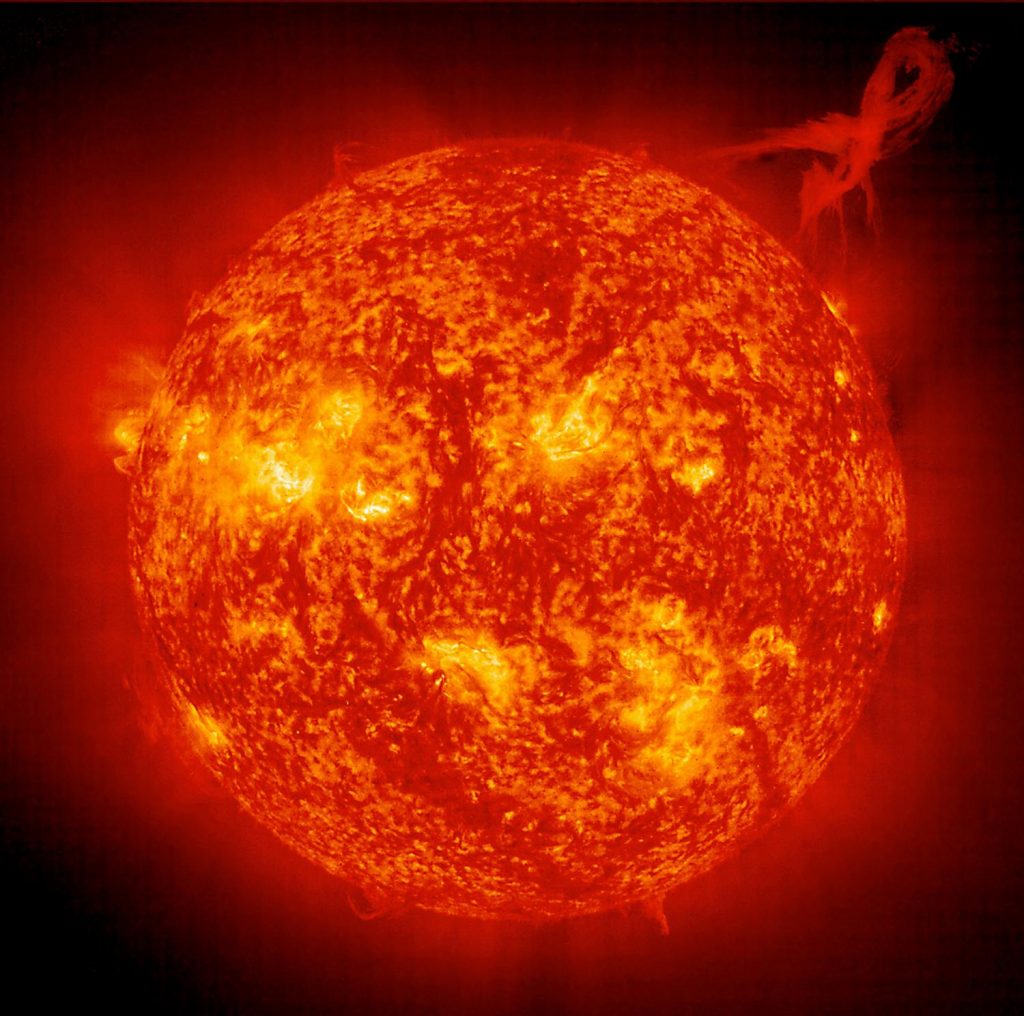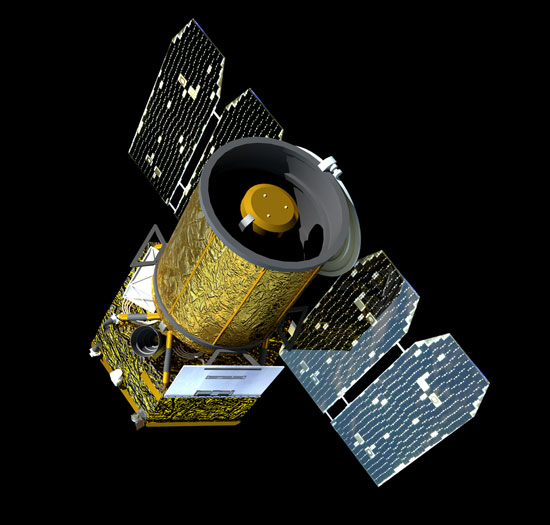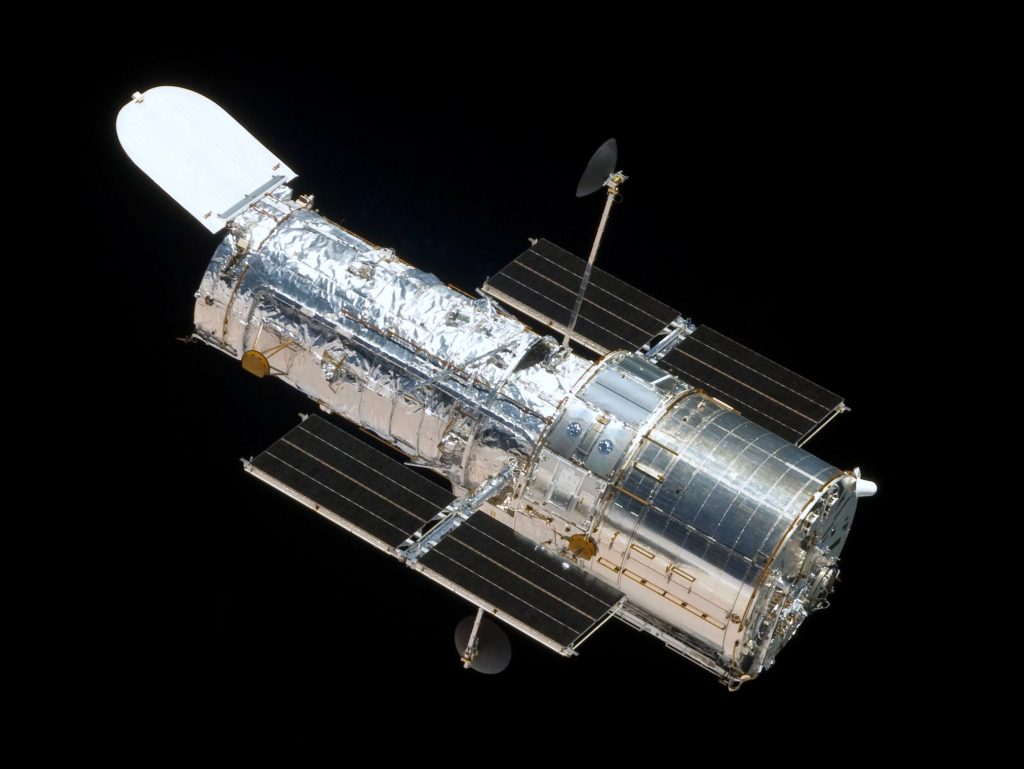Properties of the exoplanet host stars are key factors to understanding the environment within which the exoplanet lies and estimating the energy inputs to its atmosphere. This influence comes by two different ways: the basic properties of the star have an obvious effect on the planet and in particular, X-ray and UV luminosity affect the formation and the atmospheric properties of the planets. Therefore, a fully characterized host star is a mandatory first step for Exoplanets-A and for its main goal, characterizing exoplanets atmosphere.
A number of the exoplanets in our target list occur in multi-planet systems, so that the number of host stars corresponding to the 135 exoplanets is 113. The primary online archival databases to be used in UV are HST (for UV spectra) and GALEX (for UV photometry) catalogues. The UV results to date can be summarised as follows:
- UV photometry: GALEX (GR6 cat.): 70 stars detected (51 in the HST sample)
- UV spectra: HST COS &/or STIS: 26 stars observed
- X-ray observation & UV photometry: 23 stars have both
- X-ray observation & UV spectra: 20 stars have both

Credits: NASA/SDO
GALEX

Credits: NASA/JPL-Caltech
The Galaxy Evolution Explorer (GALEX) satellite was a NASA mission led by the California Institute of Technology. Launched on April 28, 2003, GALEX performed a variety of imaging and spectroscopic surveys of different depths and sky coverage in ultraviolet wavelength. Its goal was to observe galaxies investigating how they and the stellar formation within them evolved across 10 billion years of cosmic history, from the early Universe up to the present. The mission lasted ten years ; GALEX was decommissioned on June 28, 2013.
Hubble Space Telescope

Credits: NASA
The Hubble Space Telescope (HST) is a collaboration between ESA and NASA. It was the first astronomical observatory to be placed into orbit around Earth with the ability to record images in wavelengths of light spanning from ultraviolet to near-infrared. Launched on April 24 1990, aboard the space shuttle Discovery, Hubble is currently located about 340 miles (547 km) above Earth’s surface. In many ways Hubble has revolutionised modern astronomy, by not only being an efficient tool for making new discoveries, but also by driving astronomical research in general.